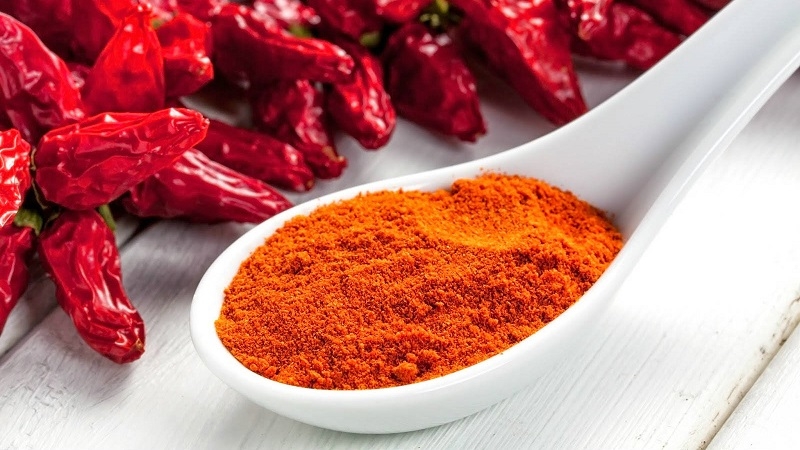- No. 268 Xianghe Street, Economic Development Zone of Xingtai city, Hebei 054001 China
- Byron@hbhongri.cn
red chili powder paprika
The Colorful World of Red Chili Powder and Paprika
When it comes to spices, few can rival the vibrant allure of red chili powder and paprika. Both ingredients not only add a wonderful flavor to dishes but also bring a burst of color that can transform any culinary creation. While they are often used interchangeably, a closer look reveals distinct characteristics, culinary applications, and nutritional benefits that set them apart.
The Origins
Red chili powder is made from ground, dried red chilies—often from varieties like cayenne, serrano, or jalapeño. Its origins trace back to the Americas, where indigenous peoples cultivated various chili peppers for thousands of years. The spice quickly spread across the globe after the Columbian Exchange, finding a special place in cuisines from Mexico to India.
Paprika, on the other hand, hails primarily from Hungary and Spain. This mild pepper is made from specific varieties of Capsicum annuum, and it is usually sweeter and less spicy than red chili powder. The word paprika itself comes from the Hungarian word for pepper and is deeply integrated into Hungarian cuisine, known for dishes like goulash.
Flavor Profiles
The flavor profile of red chili powder largely depends on the type of chili used. It can range from smoky and earthy to fruity and hot. The heat level can also vary significantly, making it essential to choose the right type for your dish. On the Scoville scale, which measures the heat of peppers, some varieties of red chili powder can reach over 100,000 SHU (Scoville Heat Units), making them quite fiery.
In contrast, paprika offers a more nuanced flavor. Generally sweet and mild, it may also carry subtle notes of smokiness, particularly in Spanish varieties. The sweetness of paprika makes it an adaptable ingredient, suitable for seasoning meats, stews, and even eggs.
red chili powder paprika

Culinary Uses
Both red chili powder and paprika serve as fundamental ingredients in various dishes. Red chili powder is a staple in Indian and Mexican cuisines, where it is used to create bold, spicy curries, flavorful salsas, and marinades. Its ability to add heat and depth of flavor makes it a favorite among chefs looking to elevate their dishes.
Paprika's versatility lies in its ability to enhance both color and flavor. It finds its way into paella, potato dishes, and deviled eggs. Cooks often sprinkle paprika on hummus, soups, and roasted vegetables for a pop of color and a hint of sweetness, making it particularly popular in European and Middle Eastern cuisines.
Nutritional Benefits
Both spices also offer health benefits. Red chili powder is known for its high vitamin C content and antioxidants, which can boost the immune system and promote overall health. Capsaicin, the compound responsible for the heat in chili powder, has been studied for its potential anti-inflammatory and metabolism-boosting effects.
Paprika, meanwhile, is rich in vitamin A and is a good source of antioxidants. It may also help improve circulation and reduce inflammation. Additionally, the sweetness of paprika can make it a healthier alternative to salt in flavoring dishes, allowing for healthier eating without sacrificing taste.
Conclusion
In exploring the world of red chili powder and paprika, we find not just spices, but cultural heritage, culinary artistry, and health benefits. While they each hold unique characteristics, they also complement one another beautifully. Whether you’re adding a kick to a spicy curry with red chili powder or enhancing the richness of a stew with paprika, both spices remind us of the vibrant tapestry that food can create. So, the next time you reach for these colorful powders, take a moment to appreciate their journey from farm to table and the joy they bring to our palates.
-
Capsicum frutescens oleoresin – High Purity, Food GradeNewsNov.17,2025
-
Capsicum Frutescens Oleoresin – Natural Heat & FlavorNewsNov.17,2025
-
Peppereka Powder – Fresh, Vibrant Color & Sweet AromaNewsNov.17,2025
-
Paprika Oleoresin | Natural Red Color, Heat & Flavor BoostNewsNov.17,2025
-
Pure Turmeric Extract 95% Curcumin | Potent, Lab-TestedNewsNov.17,2025
-
Red Papper Pods – Premium Sun-Dried, Bold Heat & AromaNewsNov.10,2025







